[LUM#5] A laboratory in the middle of the forest
In the open-air laboratory at Puéchabon, researchers simulate drought conditions to study how the ecosystem responds to climate change.
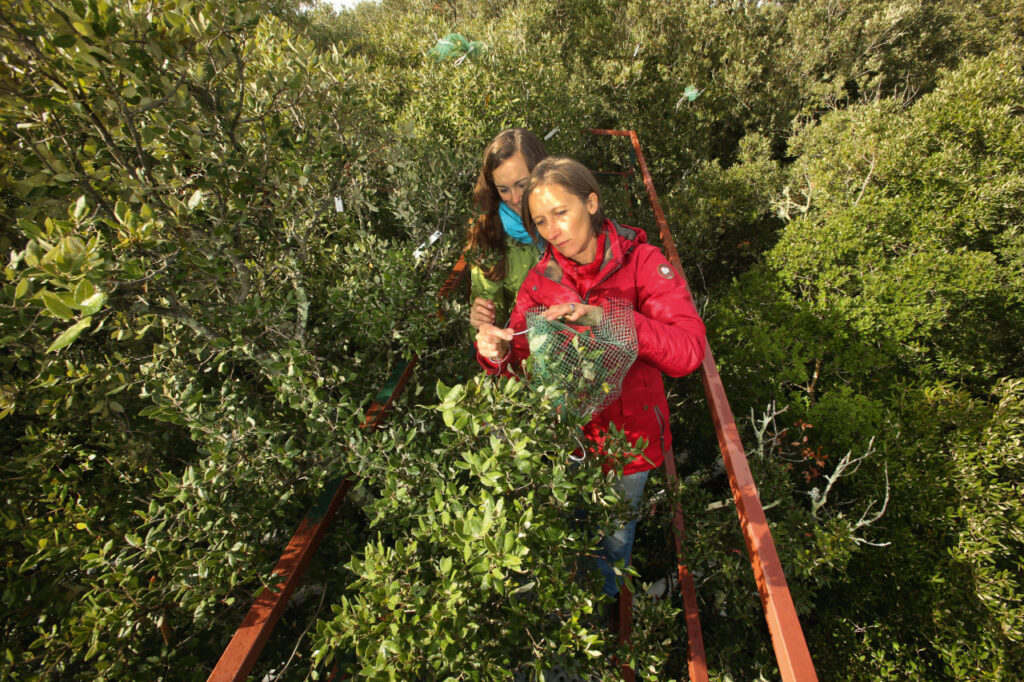
Climatologists predict a 30% reduction in rainfall by the year 2100. How will forests respond to this increase in drought? To find out, the Center for Functional and Evolutionary Ecology has transformed the Puéchabon holm oak forest, located about 30 kilometers from Montpellier, into an open-air laboratory. To simulate drought, researchers installed a gutter system that collects rainwater before it seeps into the ground. They also have a mobile roof covering more than 200 m² that can be moved over the forest to deprive it of precipitation.
The forest is studied from every angle thanks to a walkway installed in the canopy, which allows scientists to take measurements on the leaves and branches while a "flux tower" continuously measures the forest's carbon and water balance. "These devices allow us to study the behavior of the ecosystem in the face of climate change," explains Jean-Marc Limousin, a researcher at CEFE. How will holm oaks fare in the dry climate of 2100? "For now, they are adapting. In particular, we have noticed that they are reducing the number of leaves they have in order to transpire less and save water" (Physiological responses of leaves to extreme drought in the Mediterranean forest of Quercus ilex, in Plant, Cell and Environment, 2010).
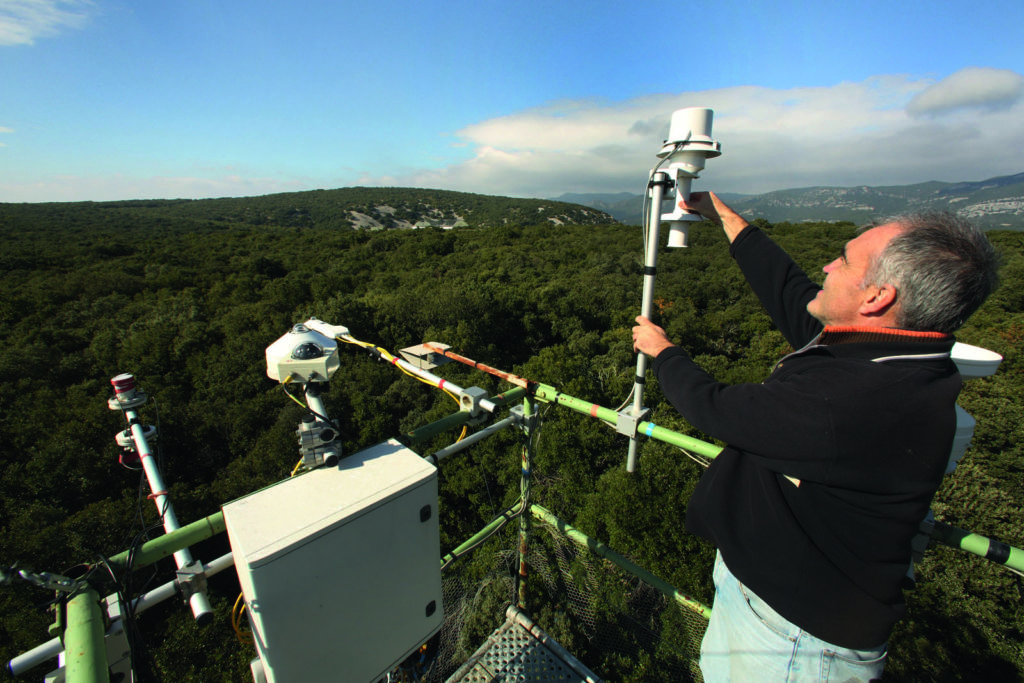
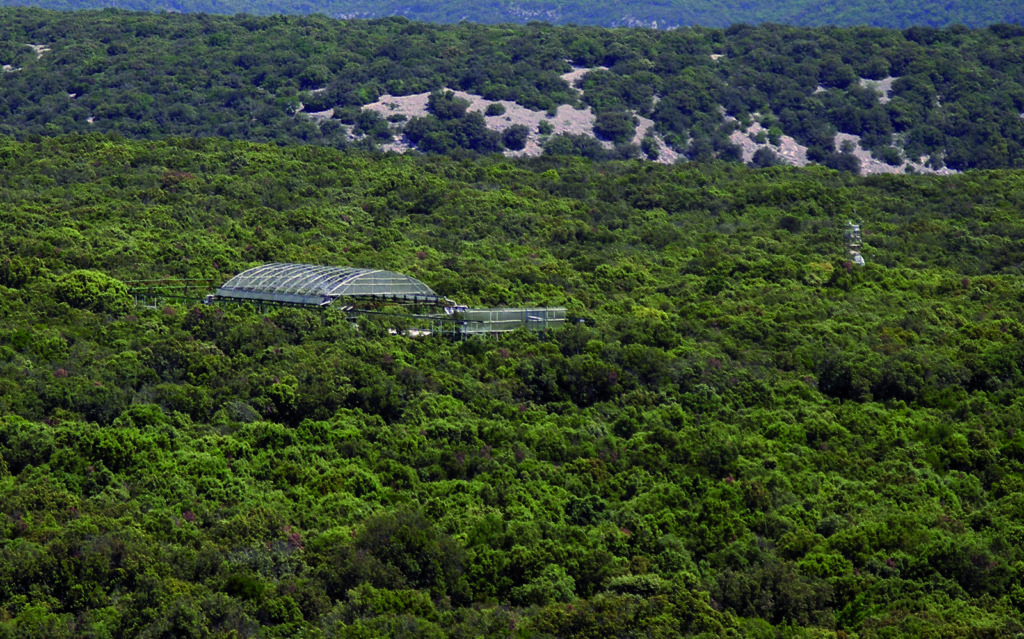
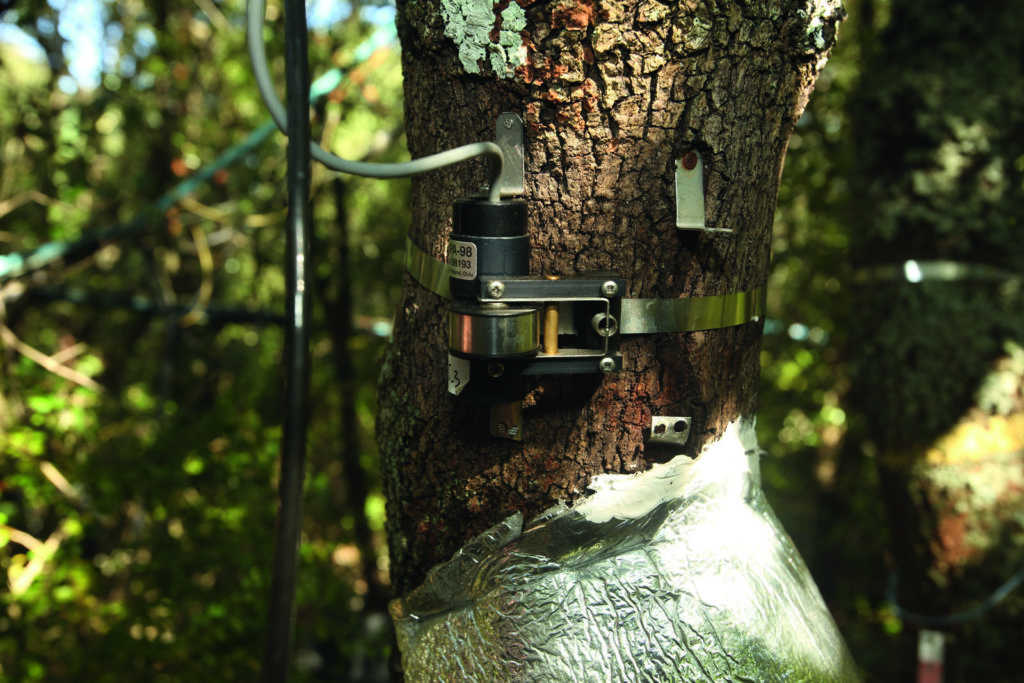
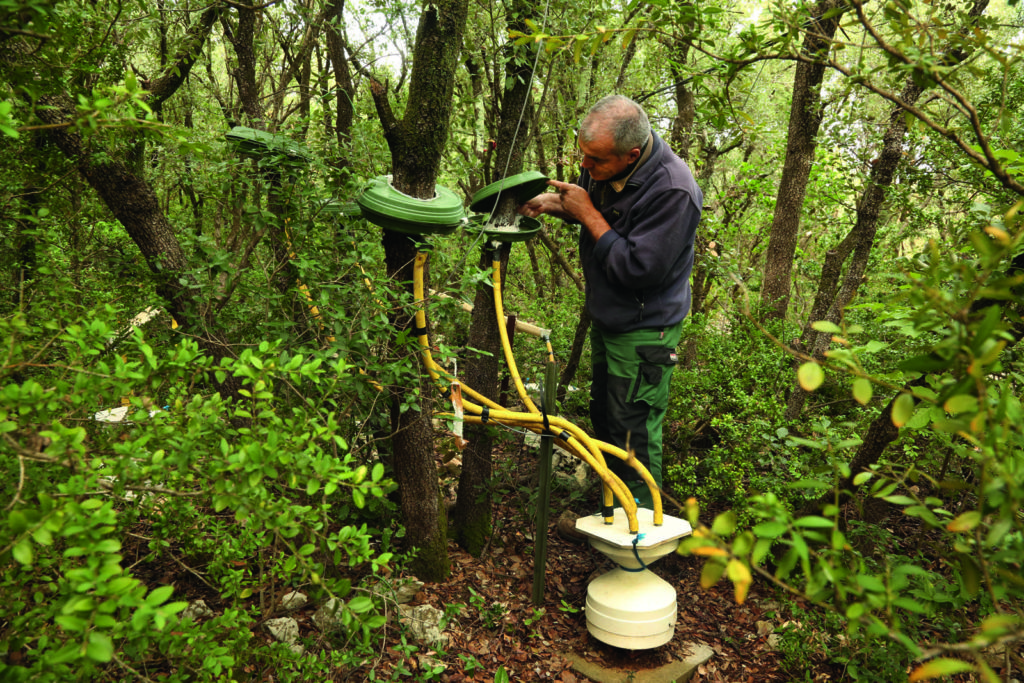
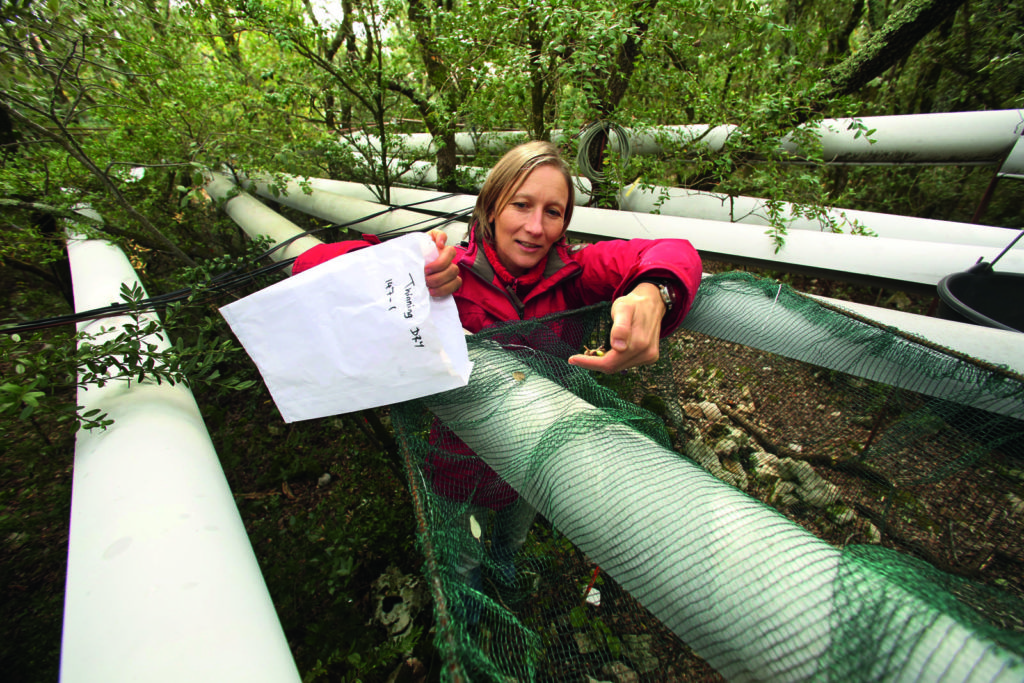
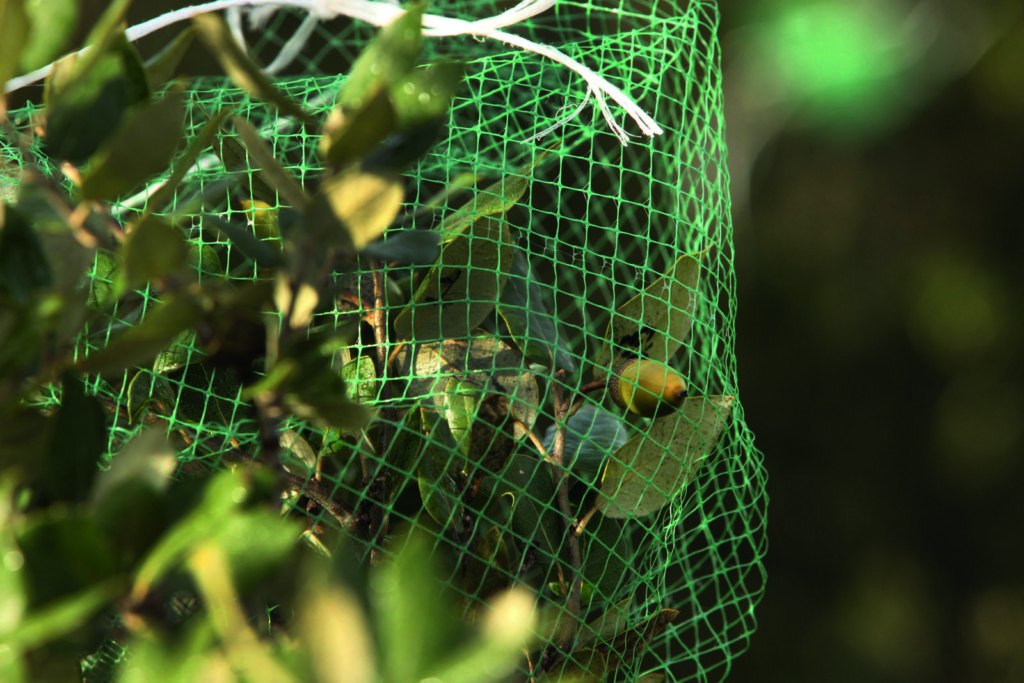
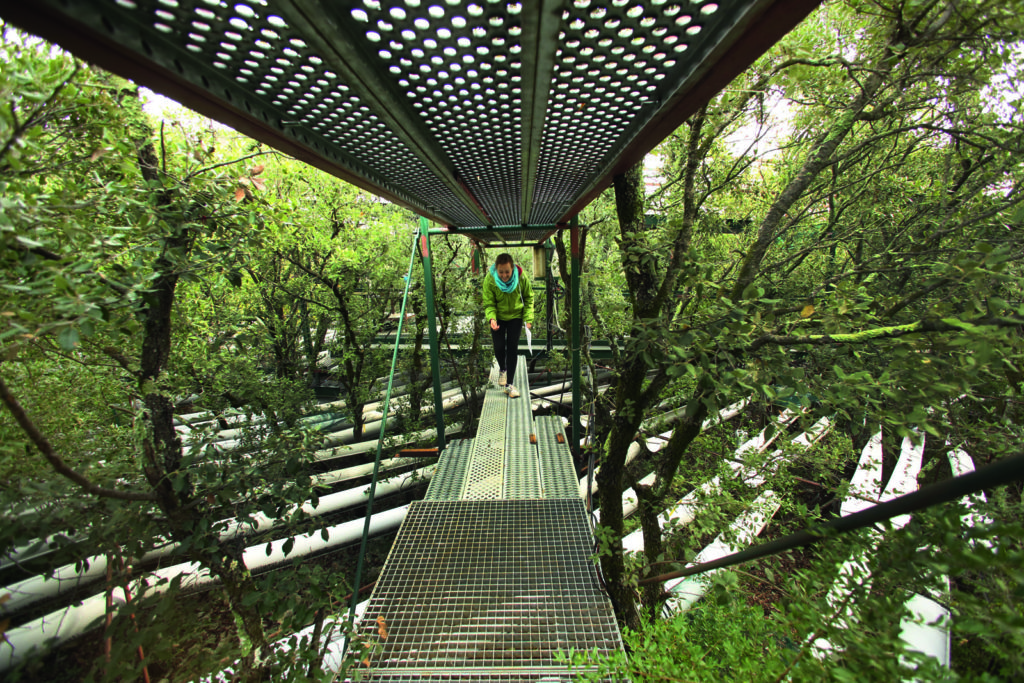
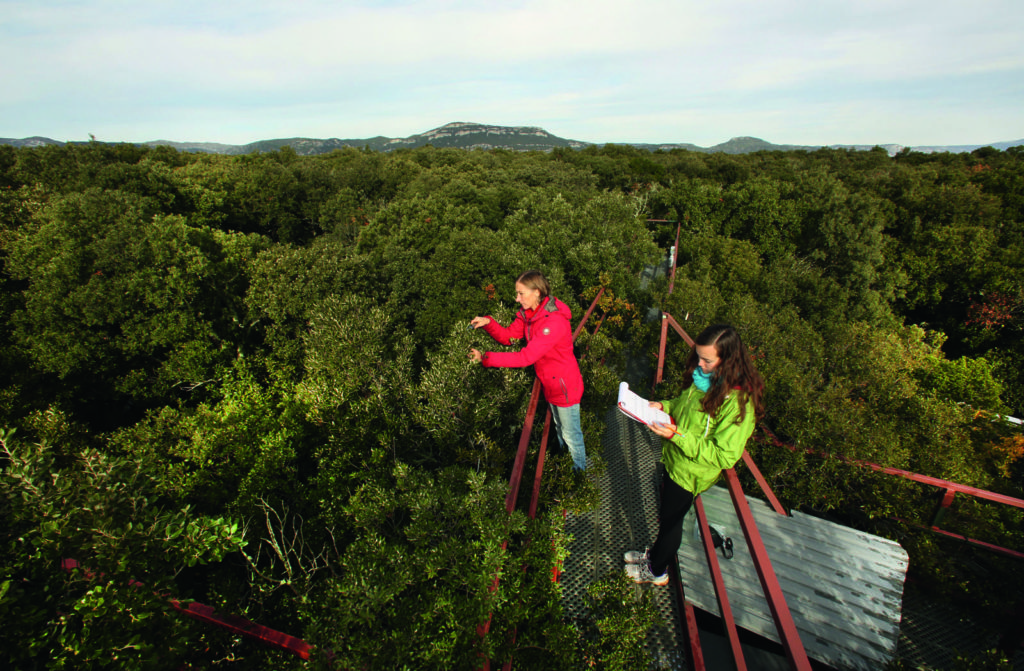
Find UM podcasts now available on your favorite platform (Spotify, Deezer, Apple Podcasts, Amazon Music, etc.).